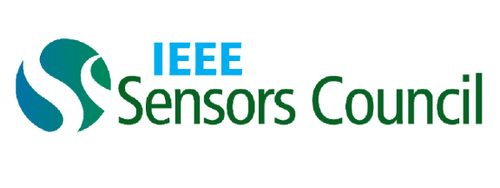Decoding the Essence of Materials Chemistry in Bio-interfaced Electronics
In the digital and big data era, electronic devices are crucial for addressing societal challenges and enhancing life quality. However, the rigid nature of traditional electronics limits their applicability. Flexible electronic devices emerge as a solution, offering seamless integration with various environments and human experiences. Despite considerable progress in research, the market adoption of flexible sensors remains limited. This talk delves deep into the fundamental materials chemistry questions within flexible electronics, aiming for a clearer and deeper understanding of its core principles. Additionally, I will explore the principles of conformal sense digitalization, its applications, and the challenges ahead in unlocking its full potential.


